Commentary
Periyar, Marx, Mao And The Delusion Of 'Women Liberation' Through Destruction Of Family
Aravindan Neelakandan
Mar 05, 2022, 04:00 PM | Updated 04:00 PM IST
Save & read from anywhere!
Bookmark stories for easy access on any device or the Swarajya app.
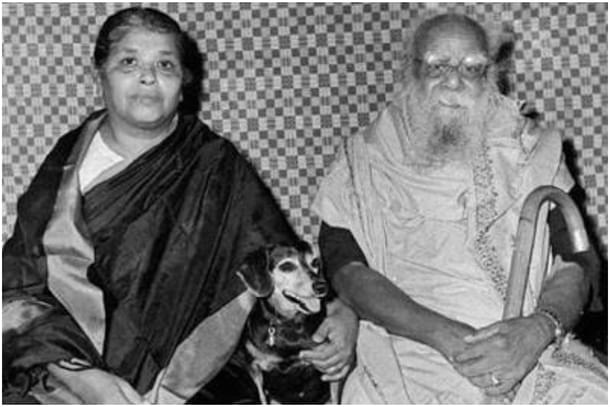
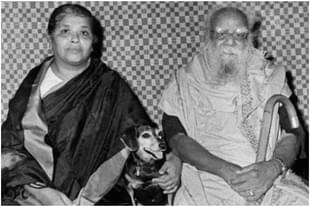
A sleaze scandal has erupted in the Tamil cyber world that has embroiled many influential ideologues and prominent followers of the Periyarist movement. Periyarists claim to follow the teachings of Erode Venkatappa Ramasamy Naickar (1879-1973) aka EVR, who they reverentially call as ‘Periyar’.
Tamilachi, a France-based social media personality, who identifies herself as a radical Periyar-Marxist, gave a series of interviews to popular Youtube channels, in which she provided graphic accounts of sexual debauchery of, and wide-ranging allegations of sexually perverse behaviour by radical Periyarists. She alleged that a prominent Facebook group, that was ostensibly dedicated to discussing the 'feminist' ideas of EVR, turned into a forum for facilitating female sexual hedonism. She also alleged that confidential disclosures in the group were later used to curry sexual favours.
The unsavoury controversy has resulted in a renewed debate on the 'feminist' ideas of EVR.
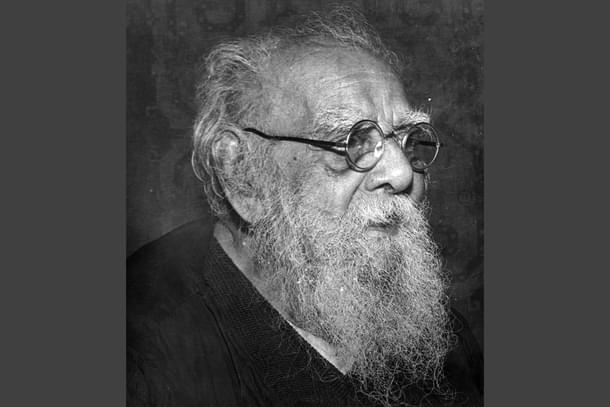
EVR believed in a strange conception of women's liberation. He alleged that the institution of marriage and concepts like 'fidelity' were created by patriarchal forces to enslave women. He also advocated that women should not bear children. He stated that it would free men from responsibility and would give women freedom.
Like many other racist ideologues, he claimed that the concepts like 'fidelity' were brought into Tamil society by Aryans. In short, he seemed to have advocated a return to the outdated, primitive, communist notion where the family would not exist.
However, most leaders of his movement continue to nurture a strong family with their loyal housewives raising their children. Mostly, these wives played the role of the stereotypical traditional Hindu housewives, even as their well-known husbands gave rhetorical speeches on radical women's 'liberation'. This naturally created an atmosphere where there is a strong possibility of women being drawn to EVR’s version of a crudely formulated, quasi-feminism. Some of these women are likely to have become vulnerable to men who follow EVR-ism.
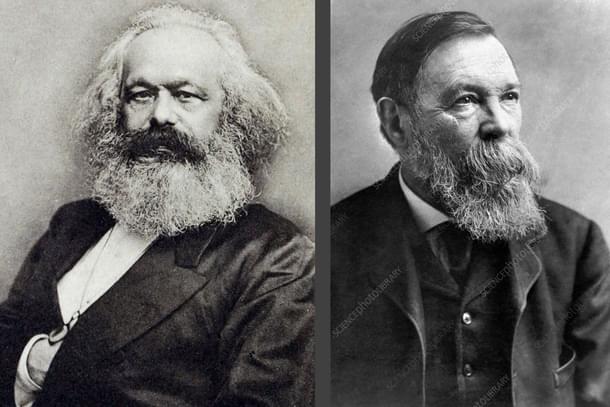
Here, one should also remember how Marxism saw the monogamous family. In the unused draft Friedrich Engels prepared for the Communist Manifesto, he argued that in the Marxist utopia ‘the relations between the sexes into a purely private matter that concerns only the persons involved and into which society has no occasion to intervene.’ But Marx himself sexually exploited Hellen Demuth, the servant maid. When Marxists acquired State power in the USSR and China, there was institutionalised exploitation of women, which was as bad or even worse than what the women suffered in the traditional families.
Marxist dictator Stalin justified Soviet troops raping German women (and also Russian women liberated from German prisons) thus: ‘what is so awful about his having fun with a woman after such horrors?'. Even worse was his reaction to the inhuman institutional abuse perpetrated by his most trusted secret police chief – Lavrentiy Beria. Beria raped and killed countless women – wives and daughters of other men. This Marxist bureaucrat should be considered as one of the most brutal villains of humanity and he could not have survived but for the Party and the Soviet political system.
When reports about the abuse of female prisoners and ordinary female citizens of the USSR reached him, Stalin nonchalantly said that, 'Comrade Beria was tired and overworked’.
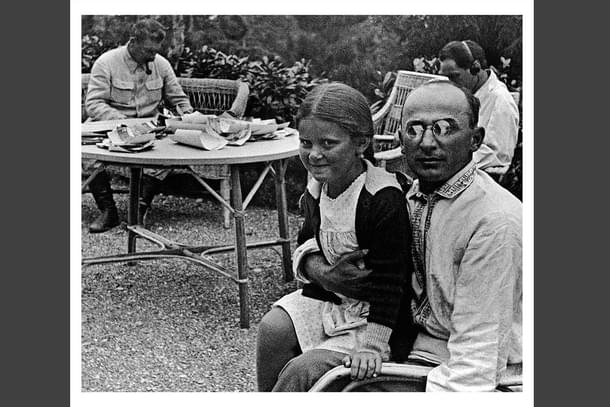
The same exploitative system was implemented by Mao also. An academic biographer of Mao describes:
The truth was that Mao had a penchant for young, naive and poorly educated girls. According to his doctor, Mao’s taste in women was like his eating habits. When he liked a particular dish he would have it for days on end until he was sated. He would then push it away and try another. Yet for the young women who serviced Mao’s needs there was no greater coup than to have slept with Chairman Mao. … It is unlikely that his girls all escaped contracting the sexually transmitted diseases that he carried. Gonorrhoea and genital herpes were among the hazards they risked.Michael Lynch, Mao, Routledge, 2004, p.222
Women removed from family bonds become vulnerable and even willing targets of predators.
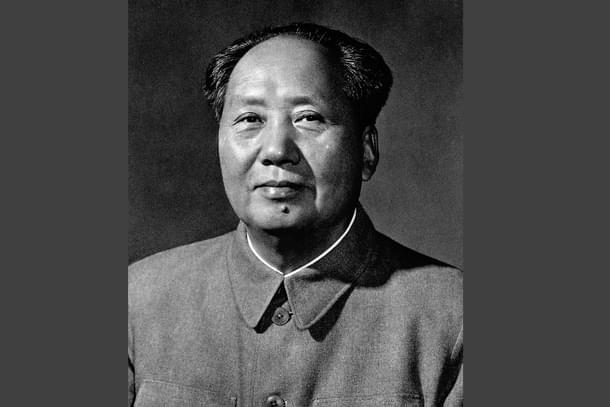
What is true about the secular cults like EVR-ism and Maoism is also true for ‘spiritual’ cults. From Rajneesh to the now absconding self-styled ‘Supreme Pontiff of Hinduism’, the women taken away from family seemed to have undergone more exploitation at a place that promised liberation.
While Rajneesh Chandramohan alias Acharya Rajneesh alias Bhagwan Sri Rajneesh alias Osho was the other extreme to EVR, both envisioned a world where children were a burden for liberation, especially for women. Rajneesh manipulated his disciples to go for sterilisation as a test of love towards the Guru. One third of Rajneeshpuram (Oregon Ranch) had sterilised themselves for their ‘Bhagwan.’ Had EVR the same means, it is likely that he too would have tried that with his followers.
Ultimately, the freedom paradise and Buddha field promised by Rajneesh deteriorated to become a mini police-surveillance state with Uzi machine gun wielding ‘peace force’ volunteers and telephone tapping of all ‘Sanyasins’.
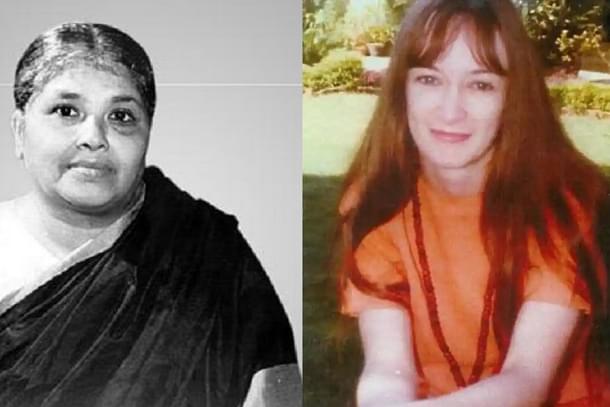
‘Osho’ ’s life long care-taker Ma Prem Nirvano, 18 years his junior, (born Christine Wolf) committed suicide when she was 40, 41 days before Rajneesh died. Clearly Buddha-field, proximity to 'Master', and promise of liberation could not prevent depression and suicide.
Interestingly, Maniammai, who was the caretaker of EVR, got married to him in his old age. She was 38 years his junior. But she lived a long life and did not remarry. She was revered by EVR-ists as 'Annai' Maniammai, meaning 'mother'.
So, here we have the anti-family, anti-marriage EVR practising the institution of marriage. Both EVR and Rajneesh Chandramohan were charismatic personalities and cult patriarchs. Both spewed venom against family. Ma Prem Nirvano was in a relationship with Rajneesh but never entered into marriage with him. She suffered depression and committed suicide (at least according to official accounts). But Mani Ammai, who got the protection of marriage, lived long and respectfully even after her husband's death.
Despite all reformist rhetoric of EVR, she did not remarry, though at that time it was quite common among the Hindus. She was in every way the stereotyped Hindu wife or the quintessential Hindu widowed matriarch of a large family. In other words, the Hindu-family system helped her cope with the possible psychological pressures she faced. The pop-spirituality of Rajneesh could not supply the same.
While sections of the Indian media have played up scandals reported from Hindu ashrams as the norm and as a stereotype, in reality, it is observed that it is the family-breaking institutions which naturally gravitate towards institutionalised abuse of women and children. A good case in point is the ever increasing cases of abuses reported from the Catholic Church.
Grander the promise of family-bashing, children-free utopias, faster their descent into hellish dystopias
So, what is happening here?
Marriage and the institution of family have been products of evolution. Human society has developed in its course various forms of institutions to procreate and raise children. Human children are altricial – that is they have a much longer period of helpless dependence on the adults of the species – particularly the biological parents. The woman of the human species needs here a dependent male partner to take care of the infant throughout this altricial period that runs for nearly two decades. One should remember that the child birth in human species is almost a rebirth for the mother.

Females of the human species need assistance and unassisted child births can be fatal to both mother and child. The severely painful process of labour in human species is related to the relatively developed infant head. If the female of the species goes to near-death to bring out an infant then it has to make sure that the infant survives. In human species, the survival depends on successful and sustained nurturing throughout the altricial period. Hence the female has to choose her partner carefully. It cannot be a one-night stand partner. Incidentally, the Hebrew Biblical myth of relating pain in child birth to the acquisition of moral behaviour is one of the earliest insights into this evolutionary connection, as pointed out by Carl Sagan.
While polygamy and polyandry did and do exist in peculiar social conditions, with the passage of time the monogamous family became the preferred institution for human society. When Sri Rama announced that he would touch not another woman, even in his mind and when that was shown as the model behaviour for men, it found favour with society.
While the male of Homo sapiens has an evolutionary propensity to increase the number of its offsprings, the female intends to increase the number of its descendants. Marriage as an institution tamed the male and provided protection for the female in a fundamental way. But the male has to ensure that the child for whom it cares is its own. What Susan Blackmore writes regarding this is worth quoting in detail:
There are many ways for a man to increase the probability that he is the father of the child he is feeding or protecting. Marriage is one, and it is reinforced by men insisting on premarital chastity and marital monogamy. Some of human beings’ nastiest practices (at least from the female point of view) may also serve: to increase paternal certainty, such as the mutilation of female genitals, chastity belts, punishment of women (but not men) for adultery, and various methods of locking women away from the world. I suppose I fell foul of the same unfairness in a minor way in the early l970s. During my first term at Oxford I was unfortunate enough to get caught with a man in my room at eight in the morning. The man concerned was fined two shillings and sixpence (about twelve pence in today’s money, and not much even then) and told to be more careful by his ‘moral tutor’. My parents were summoned to college and I was sent away from the University for the rest of the term.The Meme Machine, Oxford University Press, 1999, p.128
One should note how the gender discrimination in 1970s Oxford University is almost a watered-down version of the gender discriminatory laws of medieval period – be it canonical laws, Shariats or Dharma Shastras. It also explains why the attempts to undo this patriarchal discrimination has often deteriorated in an accelerated manner to ruthless predatory sexual exploitation of women – from the tea-serving girls of Mao to the alleged abuse of women in Lulu group in Tamil internet world.
The human family has to be understood as a bio-cultural phenomenon. It is the product of natural selection. It has survived for a reason and that evolutionary reason has factors and networks which we have not yet fully understood. At the same time, we are also individuals with an incredible sense of atomised self who yearn for a higher integration. This is the basis of religion and this too has strong biological roots. In all human cultures, irrespective of immense diversity, the family and religion are intertwined. This has created what we today consider as unjust conditions for one gender. (Although, there have been course corrections against extreme gender biases even in the premodern course of humanity).
Ultimately, the breaking away from family in pursuit of one’s inner call cannot be made into a norm. The family is going to exist most probably till humanity exists. Extreme family-bashing, posturing as 'progressive' can make any individual, particularly women, vulnerable to situations of exploitation. Unfortunately, in Tamil Nadu, the extreme stances of EVR are taken as serious progressive thoughts and the pathway to women liberation. Sadly, opportunities for course correction and introspection are also lost upon the Dravidianist stock because they would love to see all the allegations as ‘Brahminical conspiracy.’
With respect to the larger problem of the family and the need of the individual for self-actualization and self-transcendence, the ultimate answer may be present in the Brihadaranyaka Upanishad which states that a husband loves the wife not because she is the wife but because she is the self and the wife loves the husband not because he is husband but because he is the self.
Here, the biological relation and the social-contract are both subordinated to the individual’s right for self-realisation. Such a space of egalitarian spiritual growth within the institution of marriage and family was taken to the masses of Tamil Nadu in the cult movie Thiruvillaiyadal. Siva as Arthanareeshwara (with Sivaji and Savitri united equally) filling the screen took the message of need for gender equality to Tamils more than all the collected works of EVR and the rhetorical flourish of all his memetic bred black shirts.
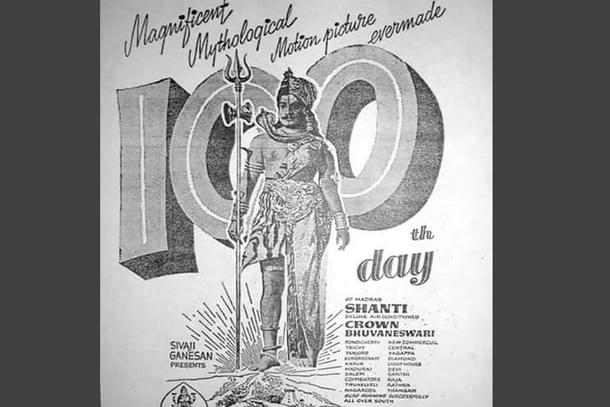
If the call is indeed great and if the person is brave, he or she can definitely move away from the family. A sanyassi becomes dead to the world. He or she is outside the system. But the system has to be there to even define such an outsider. Family is an institution where course correction is constantly required and so is vigilance against domestic abuse. But the family is a necessity. Anyone who claims to sabotage the institution of family is leading humanity towards exploitation and abuse.
Aravindan is a contributing editor at Swarajya.




